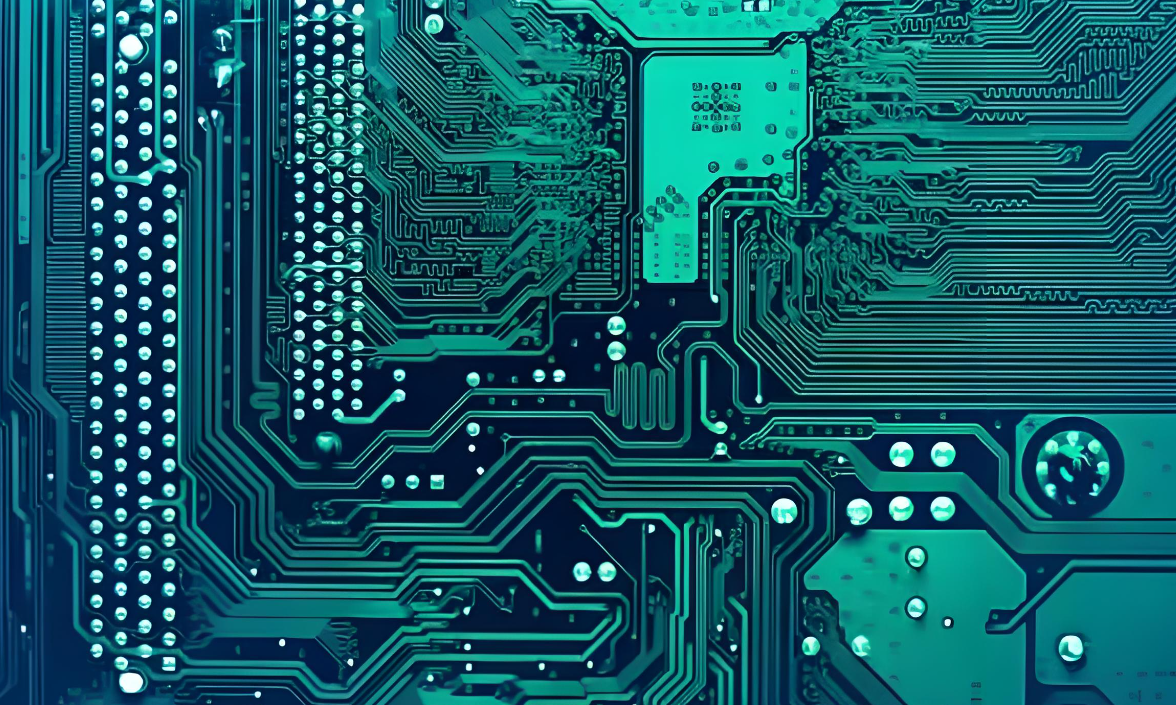Copper clad laminate occupies a pivotal position within the Printed Circuit Board industry, serving as a crucial raw material for PCB fabrication. This layered material is created through a sophisticated process that involves immersing electronic-grade glass fiber cloth or alternative reinforcing materials in a resin adhesive. The process includes drying, cutting, and stacking these materials into a blank, which is then coated on one or both sides with copper foil and subjected to hot-pressing. CCL plays a vital role as an interconnecting medium, providing electrical conduction, insulation, and mechanical support for PCBs.

CCL
The Industrial Supply Chain:
In the industrial supply chain for PCBs, the upstream components consist of essential raw materials such as electrolytic copper foil, wood pulp paper, glass fiber cloth, and resin. The downstream sector focuses on the production of PCB products, which find applications across various industries, including aerospace, automotive, home appliances, telecommunications, and computing.
The Evolution of 5G Technology and Its Impact on PCB:
With the advent of 5G technology in 2019, the demand for high-frequency circuit boards has surged. This evolution necessitates the development of advanced core materials, including high-frequency copper clad laminates. These materials are essential for downstream PCB manufacturers as they create high-frequency circuit boards suitable for applications in base station antenna modules, power amplifier modules, and other critical components. The integration of these high-frequency circuits is pivotal for efficient communication in 5G base stations, as well as automotive auxiliary systems, space technologies, satellite communications, military radar, and more.
The transition from earlier generations of mobile communication from 2G through 4G saw frequencies increasing from around 800 MHz to 2.5 GHz. In contrast, the 5G era is poised to take this evolution further. In particular, requirements for radio frequency (RF) circuits operating at frequencies above 1 GHz termed high-frequency circuits are becoming more stringent.
Advancements in 5G Frequencies:
According to the Ministry of Industry and Information Technology, early 5G deployments are expected to utilize frequencies around the 3.5 GHz band, while maintaining the existing 4G band primarily around 2 GHz. Furthermore, electromagnetic waves with wavelengths ranging from 1 to 10 mm, located within the 30 to 300 GHz band, are classified as millimeter waves. These frequencies are critical for achieving the high data transfer speeds and low latency that characterize 5G technology.
In 5G circuit boards, PCB design will increasingly incorporate elements such as antenna vibrators, filters, and other RF devices. The design and fabrication of these PCBs demand advanced manufacturing techniques and materials optimized for high-frequency performance.
Future Directions:
With the ongoing rollout and commercialization of 5G, the PCB industry, specifically the CCL segment, must adapt to meet the enhanced specifications demanded by next-generation applications. Additionally, research and development in materials science will continue to play a key role in improving the performance and reliability of high-frequency circuit boards.
As the 5G landscape evolves, manufacturers who invest in state-of-the-art materials and innovative design processes will be well-positioned to leverage the burgeoning opportunities in this dynamic market.